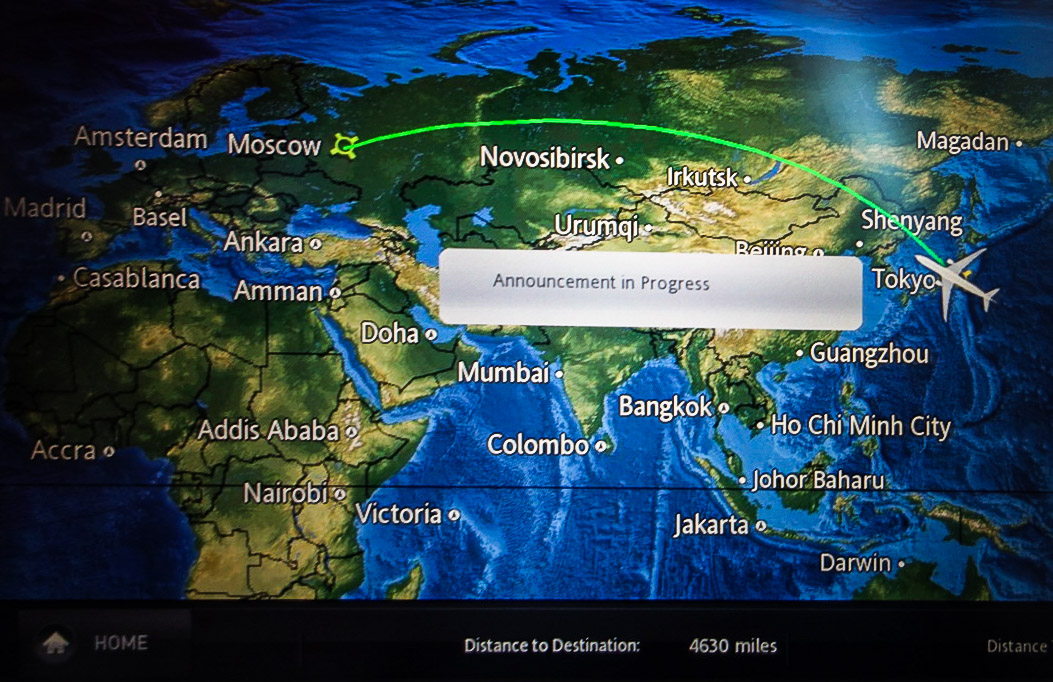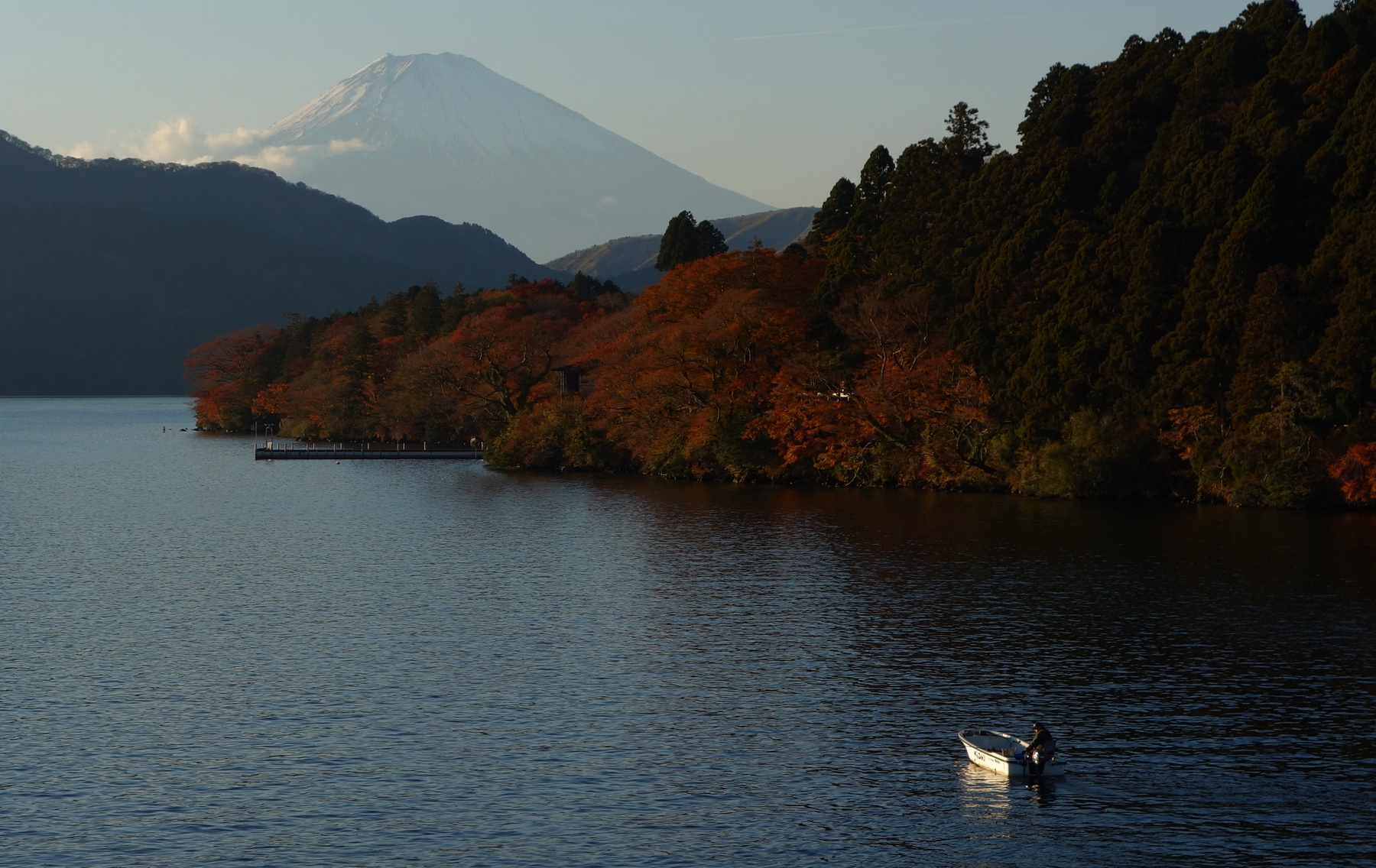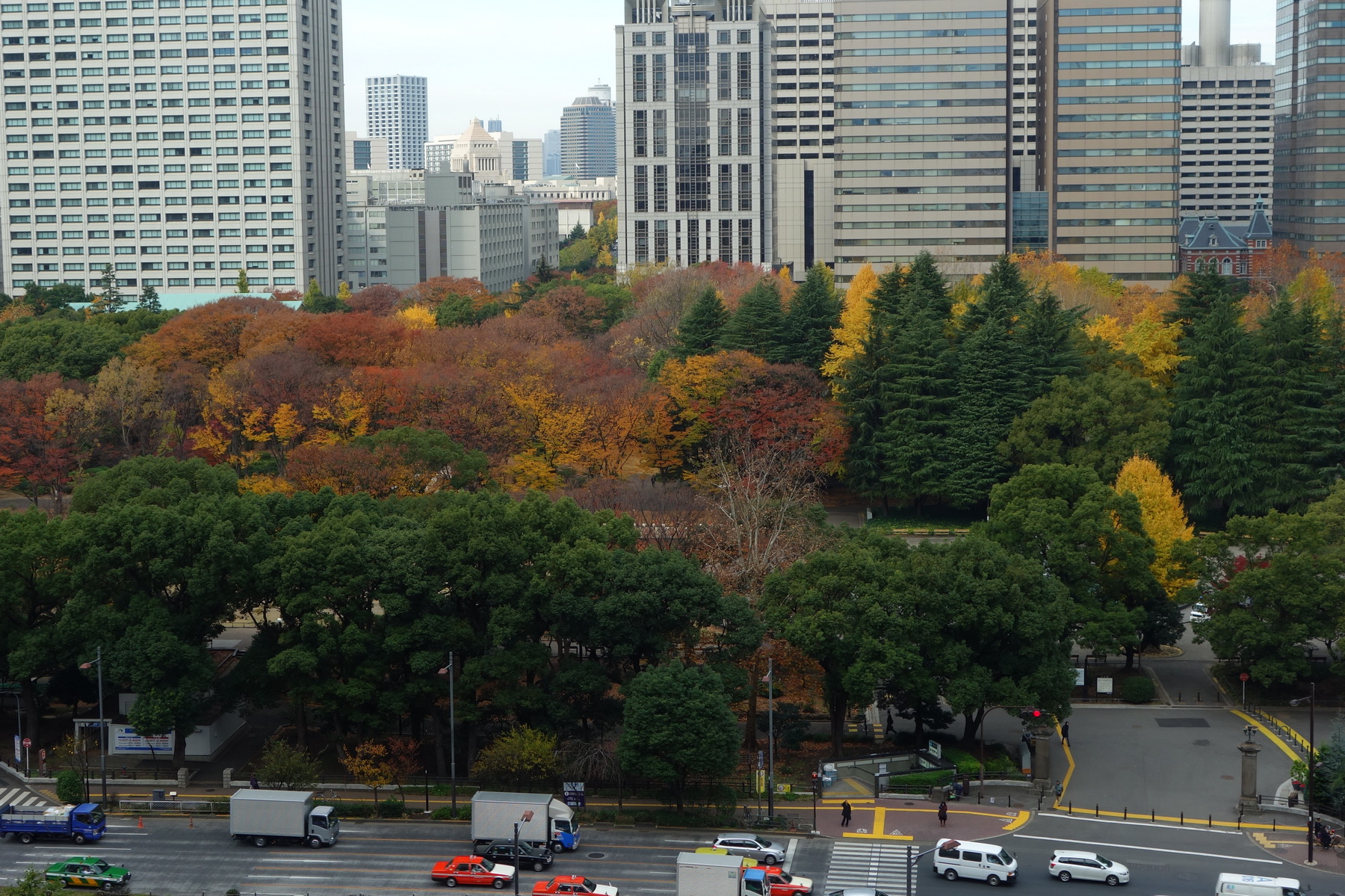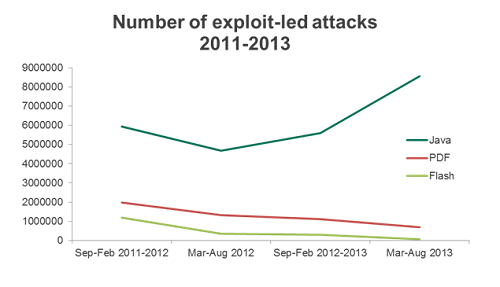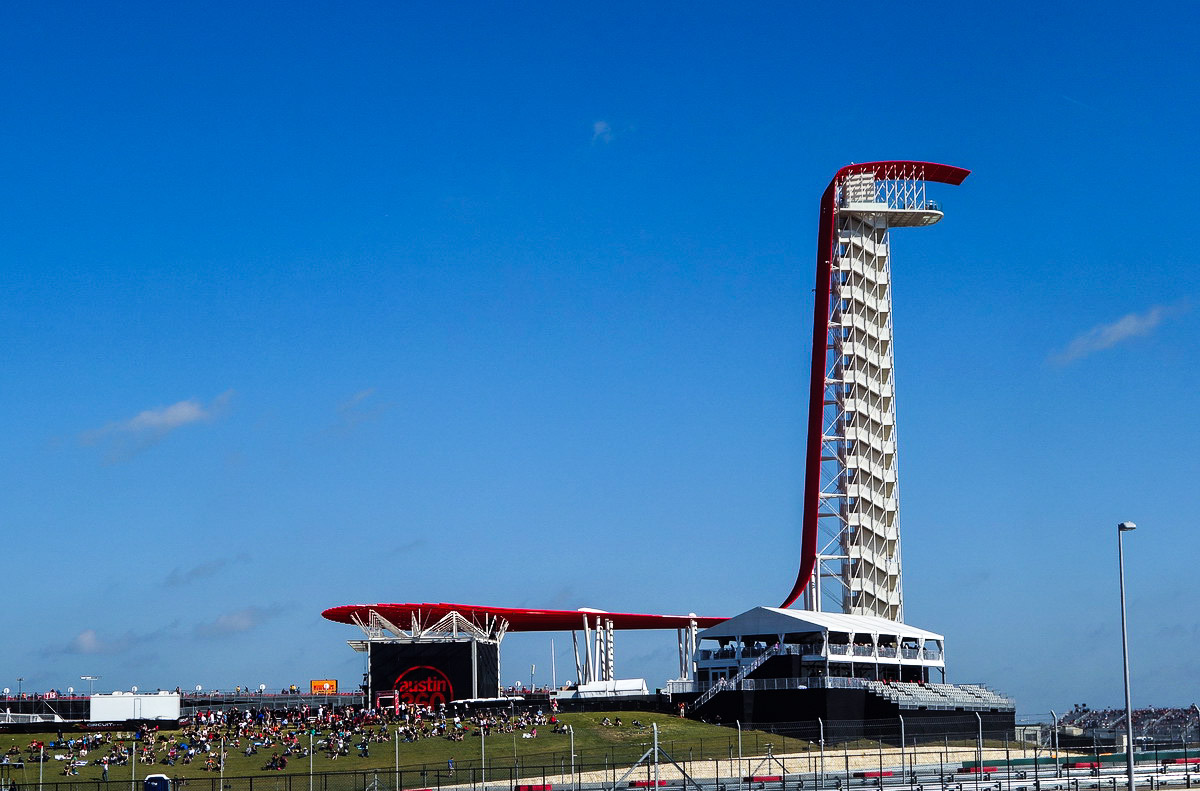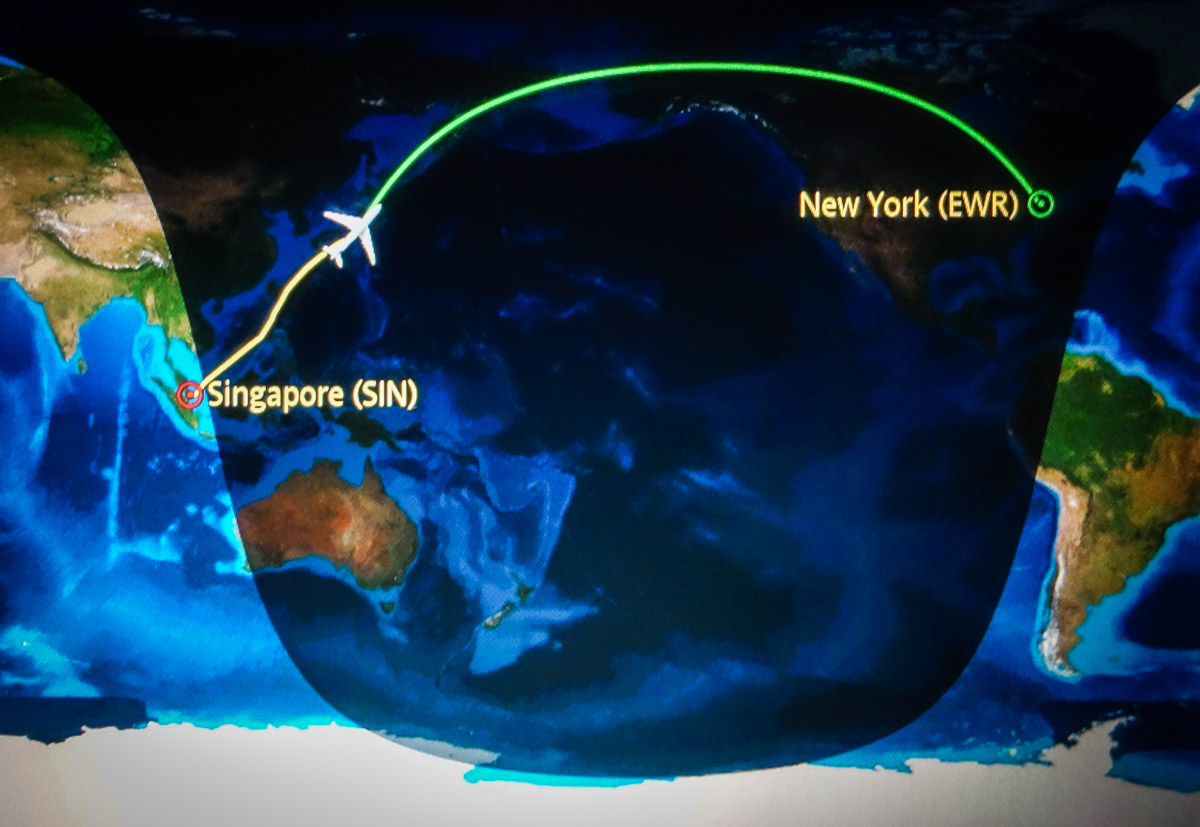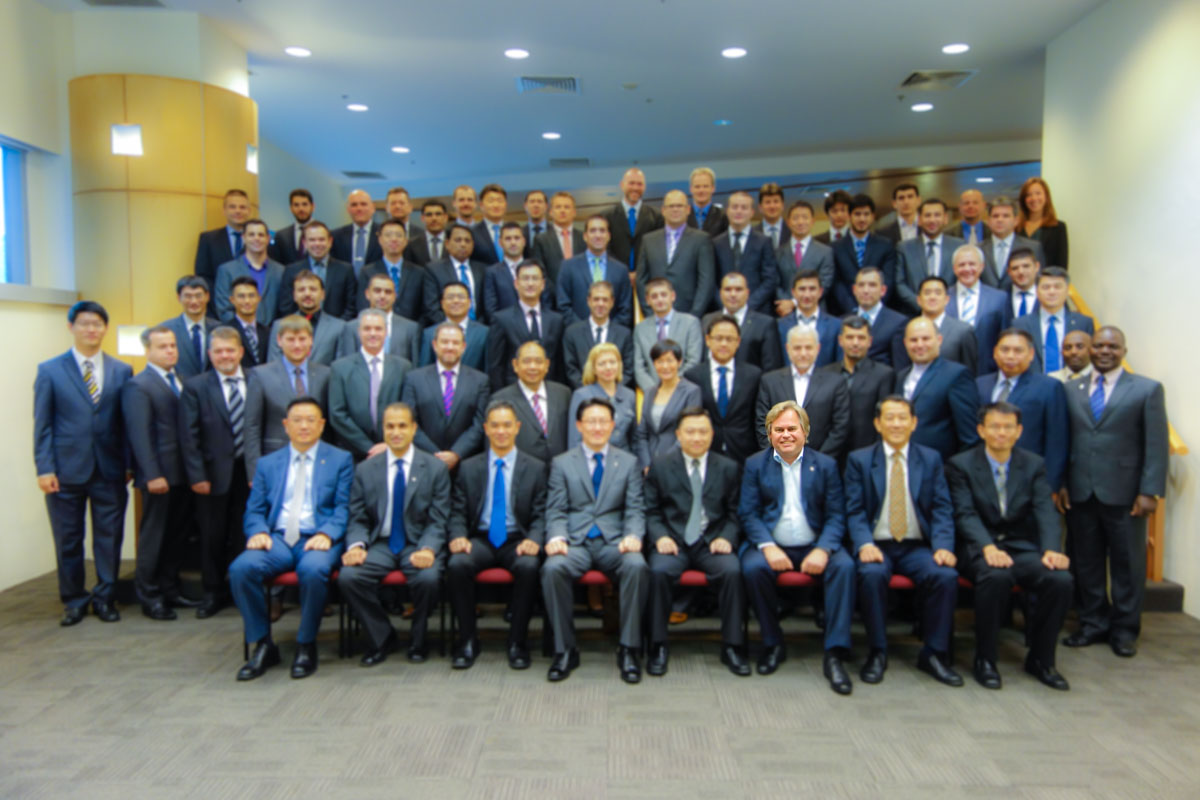December 11, 2013
Inventors and inventions.
As recent events have confirmed – we have an active patent life.
Our inboxes keep getting filled with all sorts of e-mails – both positive and negative, interesting and insipid – about various patent claims and assorted inventions…
…Which got me thinking…
…Which led to my doing some research of some of the weird and wonderful – and totally wrong – predictions of ‘experts’ with regard to various new ideas, inventions and undertakings over the centuries.
Here’s an interesting list of 20 extremely bizarre absurdities which I found on the web; I’m sure it will at least raise an eyebrow or two, maybe compel a chuckle or three, or hopefully induce four LOLs:
1. “The fall of stones from the heavens is physically impossible.” – Paris Academy of Sciences on meteorites, 1772.
2. “In the future computers will weigh more than 1.5 tons.” – Popular Mechanics, 1949.
3. “I think there is a world market for maybe five computers.” – Thomas Watson, CEO, IBM, 1943.
4. “I have traveled the length and breadth of this country and talked with the best people, and I can assure you that data processing is a fad that won’t last out the year.” – Editor, Business Books, Prentice Hall, 1957.
5. “But what…is it good for?” – Engineer, Advanced Computing Systems Division, IBM, 1968, commenting on the microchip.
6. “There is no reason anyone would want a computer in their home.” – Ken Olson, Chairman, Digital Equipment Corp., 1977.
7. “This ‘telephone’ has too many shortcomings to be seriously considered as a means of communication. The device is inherently of no value to us.” – Western Union internal memo, 1876.
8. “The wireless music box has no imaginable commercial value. Who would pay for a message sent to nobody in particular?” – Associates of David Sarnoff who was seeking investment in the radio in the 1920s.
9. “The concept is interesting and well-formed, but in order to earn better than a ‘C’, the idea must be feasible.” – Yale University management professor in response to Fred Smith’s paper proposing a reliable overnight delivery service. (Smith went on to found Federal Express Corp.)
10. “Who the hell wants to hear actors talk?” – H. M. Warner, Warner Brothers, 1927.
11. “We don’t like their sound, and guitar music is on the way out.” – Decca Recording Co. suits rejecting the Beatles, 1962. (I LOLed to this one.)
12. “Heavier-than-air flying machines are impossible.” – William Thomson, Lord Kelvin, British scientist, 1899.
13. “That Professor Goddard with his ‘chair’ in Clark College and the countenancing of the Smithsonian Institution does not know the relation of action to reaction, and of the need to have something better than a vacuum against which to react – to say that would be absurd. Of course, he only seems to lack the knowledge ladled out daily in high schools.” – 1921 New York Times editorial about Robert Goddard’s revolutionary rocket work. The remark was finally retracted in the July 17, 1969 issue.
14. “Drill for oil? You mean drill into the ground to try and find oil? You’re crazy.” – Workers whom Edwin L. Drake tried to enlist to his project to drill for oil in 1859.
15. “Airplanes are interesting toys but of no military value.” – Marechal Ferdinand Foch, Professor of Strategy, Ecole Superieure de Guerre, 1911.
16. “Everything that can be invented has been invented.” – Attributed to Charles H. Duell, Commissioner, U.S. Office of Patents, 1899.
17. “Louis Pasteur’s theory of germs is ridiculous fiction.” – Pierre Pachet, Professor of Physiology at Toulouse, 1872.
18. “The abdomen, the chest, and the brain will forever be shut from the intrusion of the wise and humane surgeon.” – Sir John Eric Ericksen, British surgeon, appointed Surgeon-Extraordinary to Queen Victoria, 1873.
19. “640 kb ought to be enough for anybody.” – Attributed to Bill Gates, 1981.
20. “$100 million dollars is way too much to pay for Microsoft.” – IBM, 1982.
As is becoming a habit already, I’ll finish with another brainteasing conundrum:
A rope is stretched snugly around the Equator. It gets cut at one point and an extra one-meter section is inserted to its length. If this rope could magically float on air so that it is fully stretched out (as before), how far above the earth would it be floating?





![YOU CAN NEVER GET TOO MANY AWARDS. SEE 1ST COMMENT FOR ENGLISH ⏩
"А из нашего окна страна Австрия видна!" - практически (с). Но в этих австриях я был не смотреть из окна, а по многочисленным деловым делам, первое из которых - лично получить несколько важных наград и множество сертификатов от независимой тестовой лаборатории AV-Comparatives.
Это далеко не первая наша награда. Скажу больше - на протяжении последних десяти лет по результатам независимых тестов к нам даже близко ни один конкурент не подобрался. Но почему тогда такое внимание конкретно к этой победе? Ответ простой: густопопсовый геополитизм. В наше весьма геополитически [очень мягко говоря] непростое время... Ну, если отбросить все казённые слова, то будет, как в известном анекдоте про поручика Ржевского. В той самой истории, когда ему указали повторить свою фразу без матерщины. На что тот ответил: "Ну, в таком случае я просто молчал".
Так вот, в наше "поручико-ржевско-молчаливое время" участвовать и получить первые места в европейских тестах - это за пределами научной и ненаучной фантастики. Что в целом совпадает с одной из основных парадигм моей жизни: "Мы делаем невозможное. Возможное сделают и без нас" (с). Большими трудами и непомерными усилиями - да! Это можно! Мы заделали такие продукты, такие технологии, такую компанию - что даже в непростое время нас и в Европах знают, уважают, любят и пользуются. Ура!](https://scontent-iad3-2.cdninstagram.com/v/t51.29350-15/430076034_1096357205018744_692310533755868388_n.heic?stp=dst-jpg&_nc_cat=103&ccb=1-7&_nc_sid=18de74&_nc_ohc=XLII-tX29aoAX80SM4u&_nc_ht=scontent-iad3-2.cdninstagram.com&edm=ANo9K5cEAAAA&oh=00_AfBINCtkZ3-r_aTvdSC36JELI05V6PuBnMWs672PK3GsBQ&oe=65E63D48)



